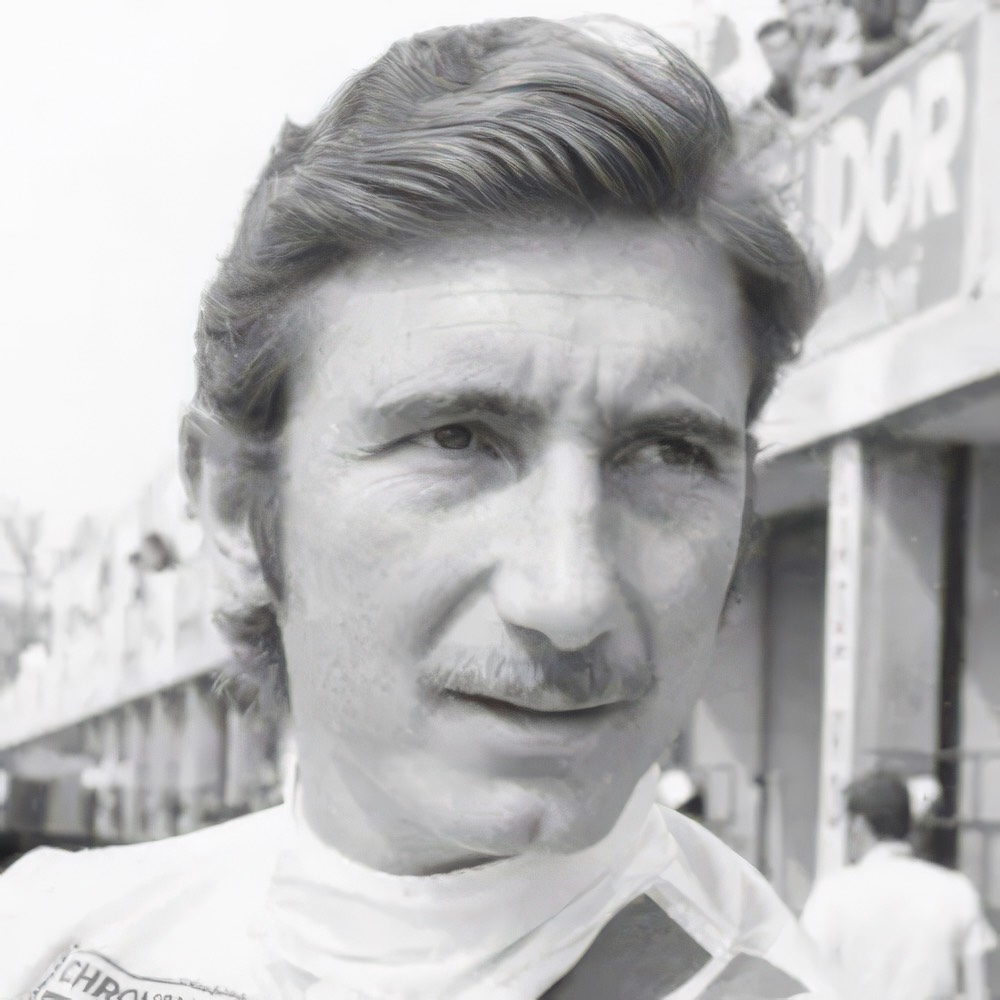
André Pilette
Career Statistics
Biography
André Pilette (October 6, 1918 - December 27, 1993): A Belgian racing driver who represented the second generation of a remarkable three-generation racing dynasty, competing in Formula One World Championship events across 13 years while building a more successful career in sports car and endurance racing. Born on October 6, 1918, in Etterbeek, Belgium, André was the son of Théodore Pilette, one of racing's earliest pioneers who began competing in the 1890s and later raced at Indianapolis before being killed during a testing session in 1921 when André was only three years old. This tragic loss meant André grew up without his father but inherited both his passion for racing and the family's thriving automotive business as the Belgian importer of Daimler-Benz and Bugatti automobiles.
The combination of family motorsport heritage and access to high-performance cars through the import business created the perfect environment for André's racing ambitions. As soon as World War II ended, André began his racing career with an HRG sports car, competing in various European events and quickly establishing himself as a capable competitor. During the early 1950s, he became one of the key drivers for Ecurie Belgique, a Belgian racing team that campaigned Talbot-Lago cars in both sports car events and early Formula One races. His performances with Ecurie Belgique caught the attention of Amédée Gordini, the legendary French team owner and engine tuner, who hired Pilette as a Gordini driver in 1953.
Racing the Simca-Gordini cars, André gained valuable experience competing against Europe's top drivers in Formula One and Formula Two events. In 1955, Pilette became one of the founders of Ecurie Nationale Belge, a new Belgian racing team that would become an important part of his country's motorsport infrastructure. His involvement in establishing and running the team demonstrated his commitment to developing Belgian motorsport beyond his own driving career. André's Formula One career spanned from 1951 to 1964, during which he participated in 14 World Championship Grands Prix.
His results were modest—he scored just two championship points across his entire career—but his longevity and consistent presence in the paddock made him a respected figure in the sport. His Formula One appearances were often sporadic, as he balanced Grand Prix racing with more lucrative and competitive opportunities in sports car racing. In endurance racing, Pilette achieved significantly greater success than in Formula One. He competed at the 24 Hours of Le Mans multiple times, achieving strong results in the legendary French endurance race.
His best Le Mans performances came in 1959 when he finished fourth, and in 1960 when he finished second overall, sharing a NART (North American Racing Team) Ferrari with the young Mexican star Ricardo Rodríguez. These results placed him among the elite endurance drivers of his era and demonstrated his ability to compete successfully over 24-hour races requiring different skills than Grand Prix competition. Beyond his racing achievements, André's most enduring legacy proved to be familial. His son Teddy Pilette also became a racing driver, though Teddy's Formula One career in the mid-1970s was even briefer than his father's, consisting of just four World Championship Grand Prix attempts.
Nevertheless, the Pilette name spanned three generations of motorsport competition—from Théodore's pioneering efforts in the early twentieth century, through André's long career across the 1950s and 1960s, to Teddy's Formula One attempts in the 1970s—creating one of motorsport's notable family dynasties. After retiring from competitive racing in the mid-1960s, André established the Pilette International School at Zolder, Belgium's premier racing circuit. This driver training school allowed him to pass on his extensive racing knowledge to new generations of drivers and contributed to Belgian motorsport development. His school operated successfully for many years and trained numerous Belgian racers.
André Pilette died in 1993 at the age of 75, having lived to see the dramatic transformation of motorsport from the gentleman amateur era of his youth through the fully professional modern age. While his Formula One statistics were modest—14 race starts and just two championship points—his broader contribution to motorsport was more substantial. His endurance racing success, particularly his Le Mans podium finishes, his role in founding Ecurie Nationale Belge, his driver training school, and his continuation of the Pilette racing dynasty established him as an important figure in Belgian motorsport history. The Pilette name remains synonymous with Belgian racing heritage.